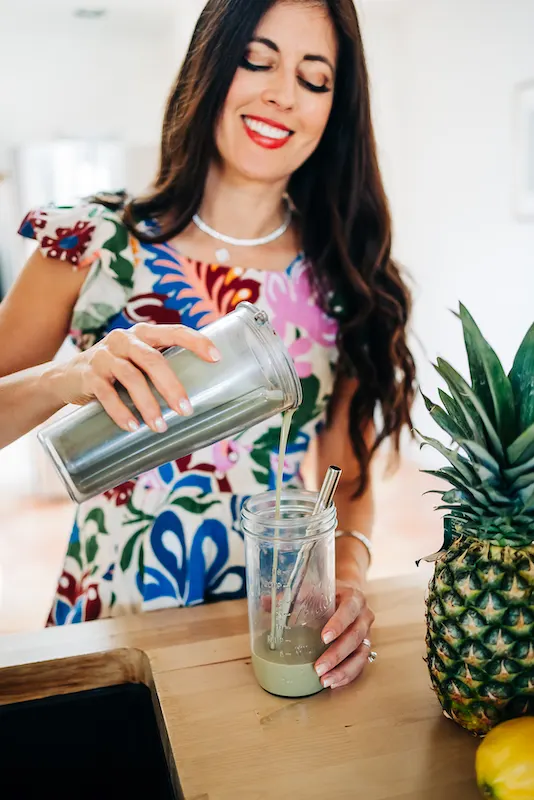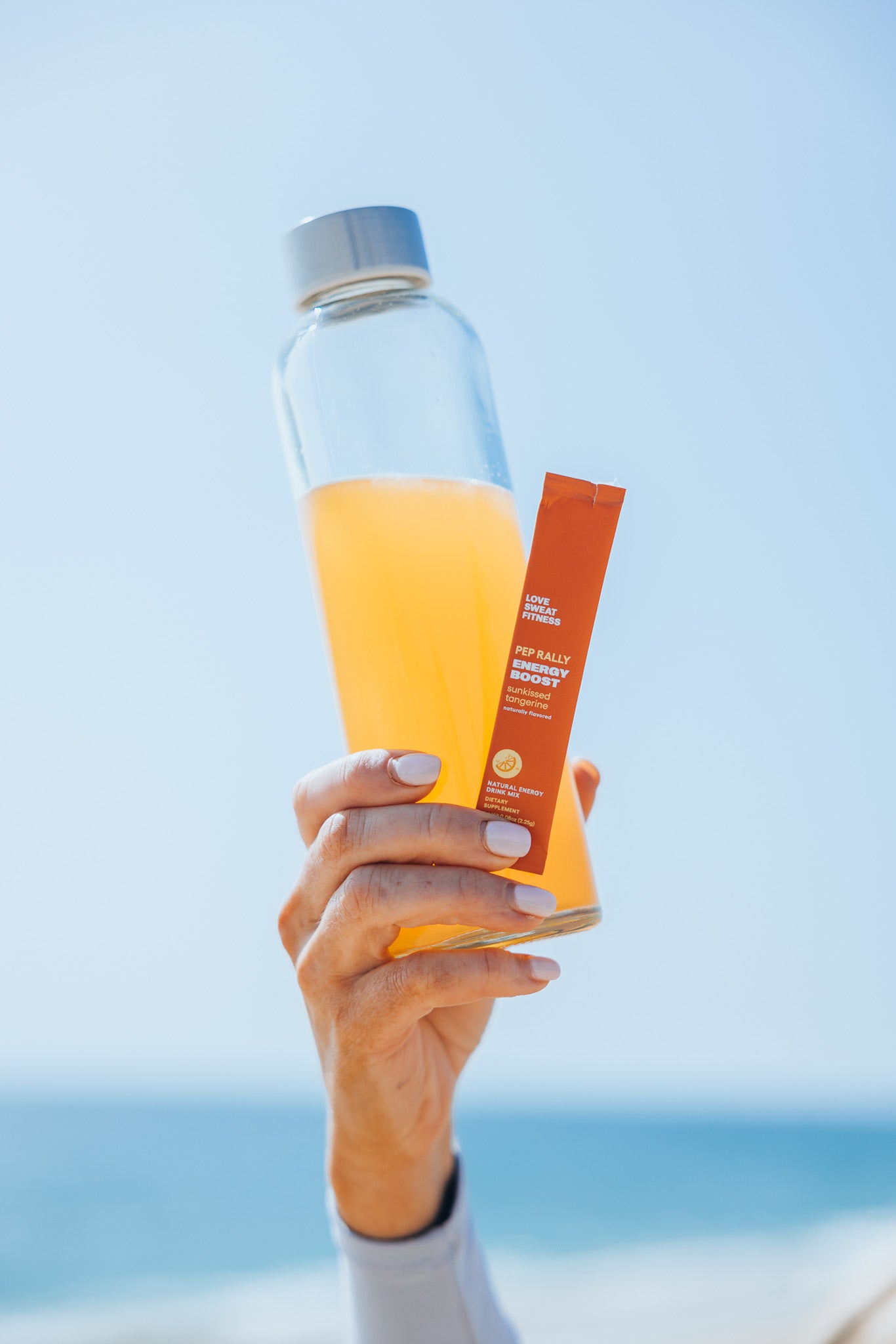Has waking up drenched in sweat become a nightly ritual? Consider this your cue to find a solution. Because night sweats are more than annoying (and a strain on your hamper); experienced often enough, they can take a toll on your overall health.
“They can mess with your mood by disrupting your sleep. They can lead to weight gain because, when you don’t sleep, you eat more and your metabolism changes. All of those things can be a cascade effect of night sweats,” says Nanette Santoro, M.D., a professor in the department of obstetrics and gynecology at the University of Colorado School of Medicine who researches menopause-related treatments.
If you’re already struggling with the side effects of night sweats, rest assured it’s never too late to turn things around. Read on to understand why night sweats emerge and steps you can take to reduce night sweats naturally.
Get relief from symptoms of hormonal imbalance — like night sweats — with Belle Vitale, a complete lifestyle program.
Click here to learn more.What Causes Night Sweats?
There are several possible reasons you may wake up covered in sweat, and many are linked to your hormones. Here are the most common causes of night sweats.
1. Hormonal imbalance
Tops among the factors contributing to night sweats is hormonal imbalance, especially during menopause and perimenopause. “Night sweats are among the most common symptoms of menopause, experienced by up to 80 percent of women at some point in their transition,” Dr. Santoro says. However, night sweats can strike during any stage of a woman’s reproductive life from puberty into postmenopause.
The agent of chaos here is estrogen which, in addition to helping regulate the menstrual cycle, helps moderate your body’s core temperature. Research shows that fluctuations in estrogen levels associated with menopause can effectively confuse your body’s internal thermostat, located in the hypothalamus.
As a result, your brain can perceive changes in temperature where there aren’t any. So when levels of estrogen, which promotes cooler body temps, arbitrarily drop, your brain may falsely interpret that as an increase in core temperature and activate the sweat response to cool the body when it’s not actually needed.
2. Mood stabilizing medications

Mood stabilizers are sometimes prescribed to treat night sweats. “But the very same ones we use to treat night sweats can sometimes cause them,” Dr. Santoro notes.
It’s unclear why, but Dr. Santoro says certain antidepressants affect the same area of the brain that causes night sweats, so they may impact brain chemistry in a way that sparks rather than dampens them.
3. Thyroid activity
In some people, the butterfly-shaped thyroid gland in the front of the neck churns out more hormones than needed. Hormones produced in the thyroid help manage metabolism, which is how your body turns food into energy. But when your system has a surplus of these hormones, many processes can speed up, causing rapid heartbeat, unexplained weight loss, nervousness, and… excessive sweating.
4. Fever
The fever you may get from various infections — cold, flu, chickenpox, etc. — can make your body temperature surge at night, resulting in excessive sweating. These nocturnal heat spells are part of your immune system’s efforts to battle the infection.
5. Low blood sugar
Ever wake up hungry and sweaty? You may have experienced a bout of low blood sugar. This is when your serum glucose (blood sugar) levels dip below normal, and can strike if you skip dinner, exercise late in the day, or drink alcohol before bed.
If blood sugar drops too low, the body mobilizes adrenaline and cortisol to help restore it. These are the same hormones that drive the “fight-or-flight” response in times of stress by revving your heartbeat and releasing glucose into the blood to deliver energy in response to a perceived threat.
Concurrent with this response is sweating, which is triggered to help regulate body temperature. So, while rare, your body can perceive malnourishment as a stressor and may respond accordingly.
6. Alcohol consumption

Relaxing with a glass of wine before bed may set you up for sweaty rest. Alcohol can cause your blood vessels to relax and widen (known as vasodilation) and your pulse to quicken as your heart pumps harder to maintain blood flow.
This can make your skin feel warm and flushed as more blood flows to the surface, subsequently triggering sweat glands to dissipate that heat. And the more you drink, the more profound this effect can be.
The havoc wreaked on your body’s internal A/C may also be compounded by the cost of all this vasodilation: a drop in core temperature as all that warm blood is diverted to the surface.
So, your skin is not only getting warmer and sweatier, your internal temperature is actually decreasing, an effect that may be further aggravated as the body tries to strike a balance between core and peripheral temps.
7. Substance withdrawal
Alcohol and drugs can not only increase heart rate during use — these substances can have the same effect while trying to quit them, resulting in night sweats, Dr. Santoro says.
This occurs because your nervous system has gotten accustomed to functioning while on the given substance and now has to adjust to a new status quo. Heart rate, blood pressure, and temperature can rise, prompting the sweat response to cool the body.
8. Chronic sweating
Some people just naturally sweat more. Chronic sweating tends to run in families and results when the nerve that controls perspiration is oversensitive, triggering glands to produce more sweat than normal.
If you experience chronic sweating, you may sweat heavily day and night. However, Dr. Santoro notes that fewer distractions at night often make sweating more noticeable when you’re trying to sleep.
9. Vitamin B12 deficiency
Up to 15 percent of us get too little vitamin B12, which is crucial for red blood cell production and neurological function. In extreme cases, deficiency may contribute to increased activity of the sympathetic nervous system, which can lead to excessive sweating.
If you think you may be experiencing adverse effects from any medication, substance issue, or physiological function, you should consult a healthcare professional.
How to Know if You’re Sweating Abnormally
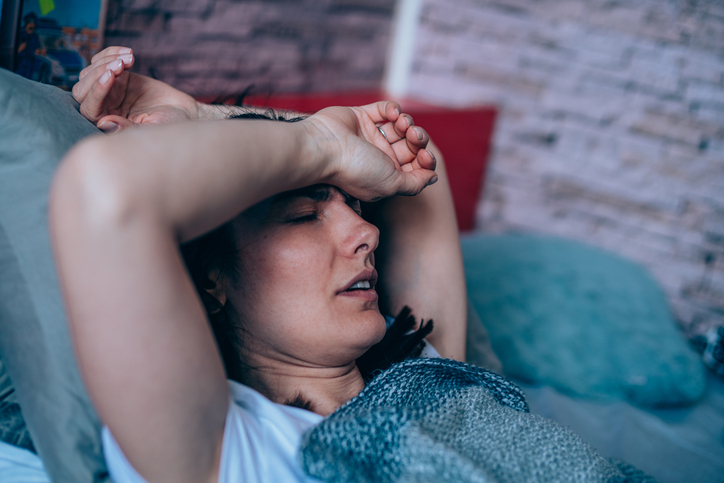
There are some differences between night sweats and plain ol’ perspiration.
Duration
Normal sweating tends to be continuous. “If you’re perspiring, you usually keep on perspiring because [the environment is] hot,” Dr. Santoro says. So, if you’re sweating because your bedroom’s a blast furnace, the sweat will pour fairly continuously until you stick a foot out from under the covers or crack open a window to cool off.
Night sweats, on the other hand, are typically spasmodic. “Like hot flashes, night sweats come on pretty suddenly and then they go away,” Dr. Santoro says. In fact, the two can often accompany one another, and this cadence can repeat intermittently over the course of a night’s sleep or multiple nights’ sleep.
Intensity
If you’re awake during a night sweat, you may feel a sensation of intense heat that begins in the head and moves downward through your body. (And if you aren’t awake during a night sweat, you probably will be, which is another differentiator from normal sweating.) Regardless, once it subsides, that sensation can be followed by a chill as your body temperature normalizes, Dr. Santoro says.
Additionally, unlike common perspiration, you may find that you’re sweating so much you become soaked and have to change your clothes. You may also notice that your heartbeat has sped up and your skin is flushed.
5 Natural Remedies for Night Sweats
There are a number of lifestyle strategies you can employ to help minimize night sweats — of course it’s also a good idea to see a healthcare provider to find out what’s causing them. While natural remedies can help in many cases, some people may need more specialized care to treat a health condition.
With that in mind, here are the behavioral changes that can help you sleep drier through the night.
1. Avoid dietary triggers

Some foods can trigger night sweats, including:
- Spicy foods like peppers contain natural compounds like capsaicin that trick your body into thinking you’re overheating. This triggers a cooling response that cranks up sweat production.
- Caffeine stimulates your nervous system, which can cause body temperature to rise. It also sensitizes the nerves that control your sweat glands, so you may sweat more easily.
- Alcohol, as explained earlier, can cause vasodilation of blood vessels, bringing more blood to the skin’s surface and making you feel warm and flushed. In turn, your body may release sweat to cool you down.
- Hot beverages like cocoa, tea, and coffee can raise your internal temperature; your body may counter by activating the sweat response.
To lower your odds of night sweats, steer clear of these dietary triggers close to bedtime.
2. Reduce stress
Effective stress management may help moderate body temperature, which has been found to increase in response to stress, particularly at the skin. Pausing for breath work exercises throughout the day is a simple step you can take to reduce stress.
When you are stressed, your heart and breathing rate accelerate. By intentionally slowing your breathing, you’re telling your body’s stress response to stand down. Aim to spend a few minutes taking slow, deep inhales and exhales in the morning, mid-day, and before bed.
3. Try select supplements*
Some natural ingredients may help combat stress and anxiety.
However, some supplements may interact with medications or health conditions, so check with your doctor before trying one.
4. Take cold or lukewarm showers
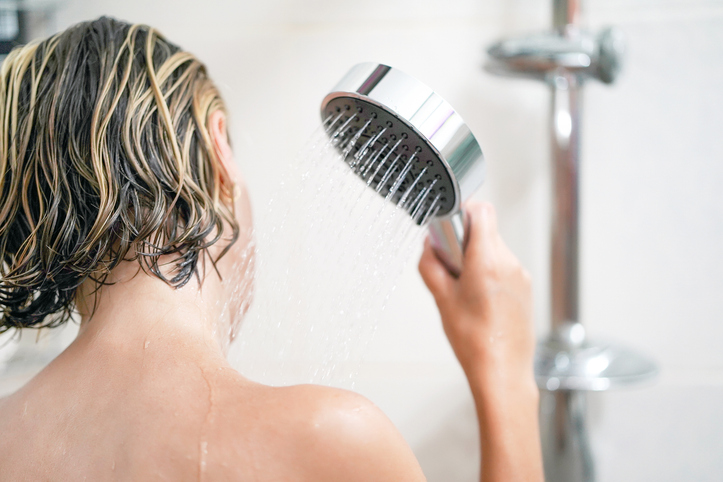
Exposing your body to high heat (as during a hot shower) can make night sweats more likely, Dr. Santoro says. If you shower close to bedtime, keep the water lukewarm or even cold to prevent your body temps from skyrocketing. If that’s not a part of your regimen, try cooling off with a cold shower before bed.
5. Cool down your environment
To stave off night sweats, keep your bedroom cool.
- Use a fan, open the windows, or crank up the A/C.
- Cooling bedroom accessories can help, too. “Some of my patients swear by their cooling mattress,” Dr. Santoro says. If a new mattress is too big an investment, try pillows and mattress covers that contain cooling gels.
- Opt for lightweight bedding and layer it to shed as needed during the night. Loose-fitting, lightweight pajamas are also a good idea.
*These statements have not been evaluated by the Food and Drug Administration. This product is not intended to diagnose, treat, cure, or prevent any disease.
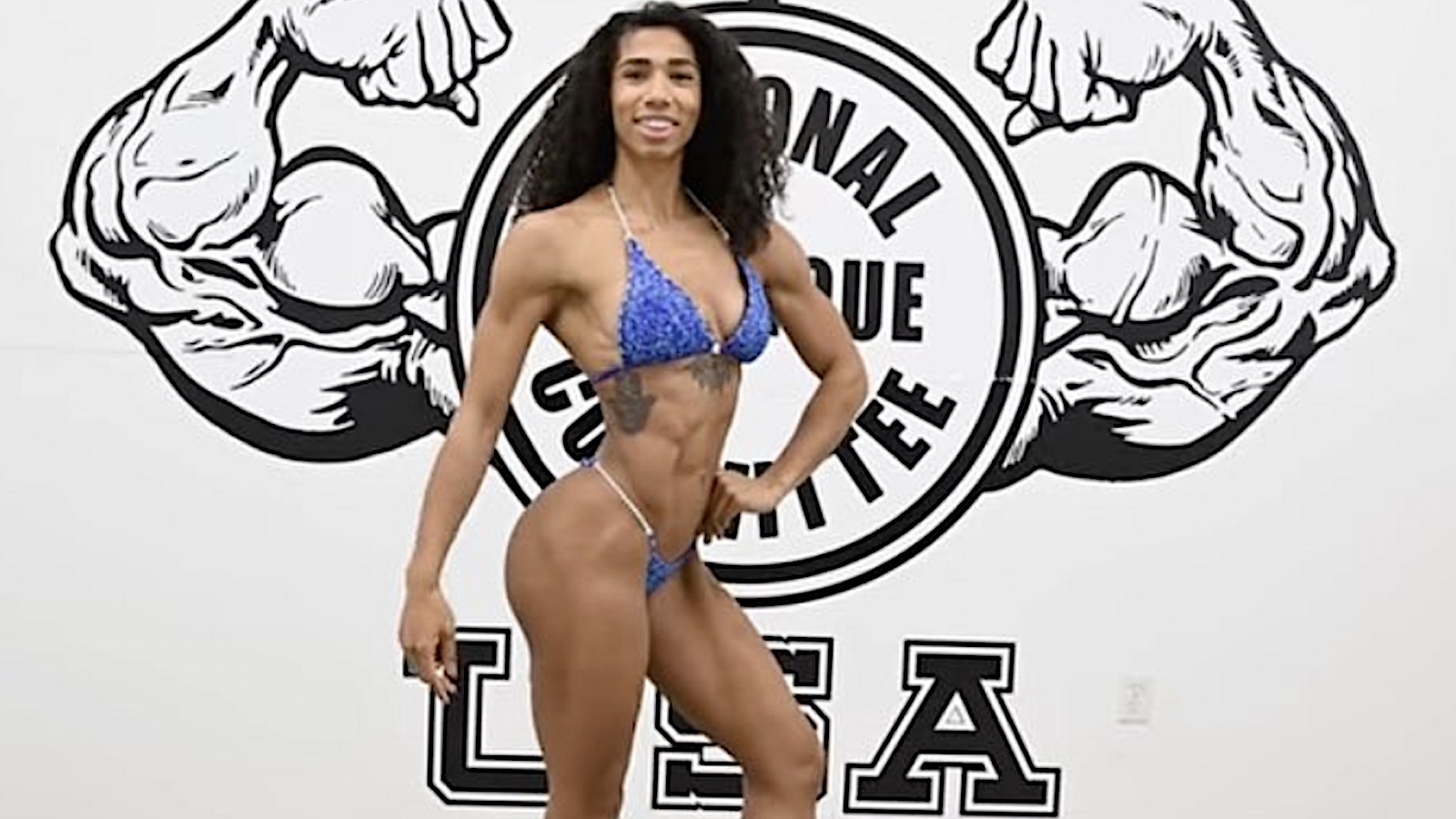
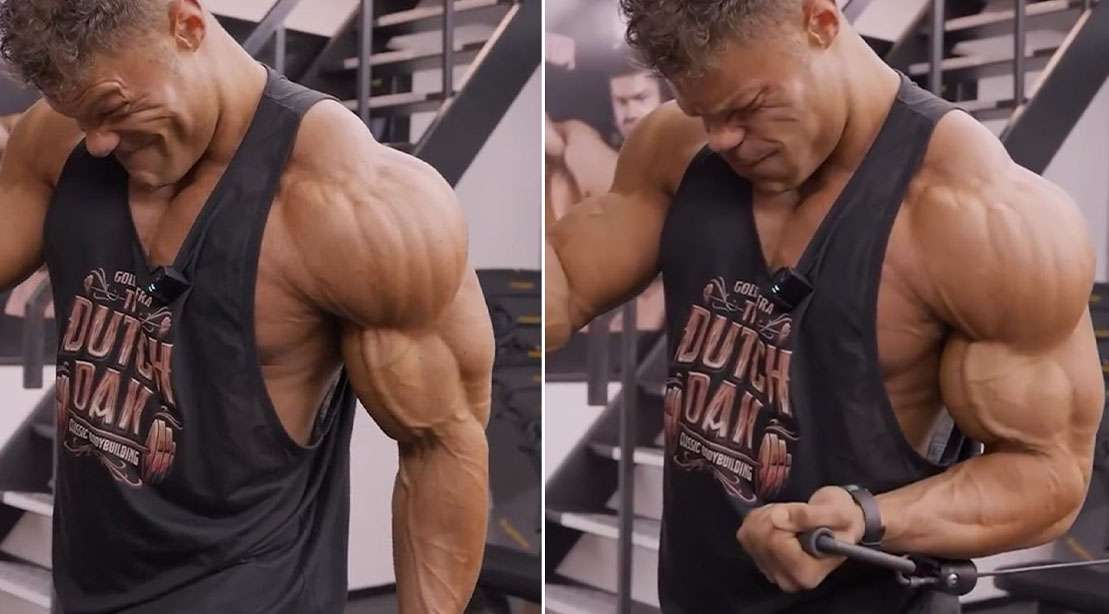
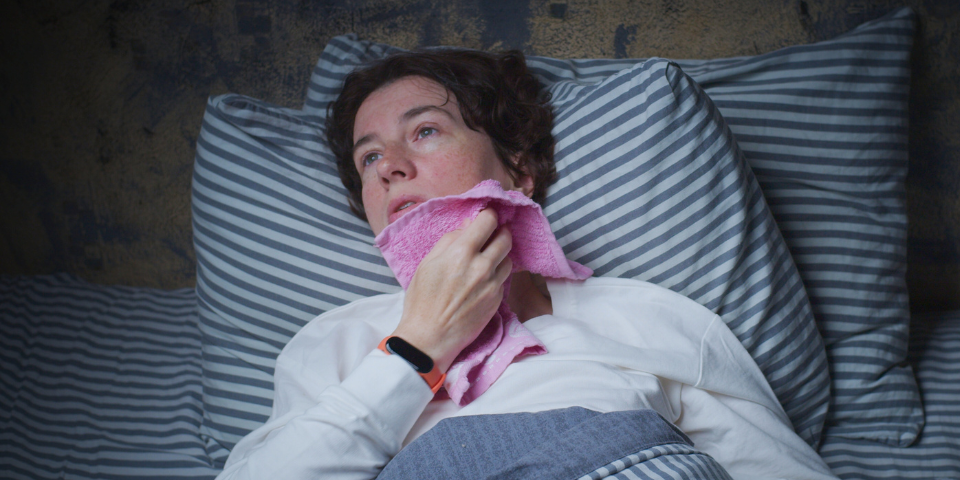








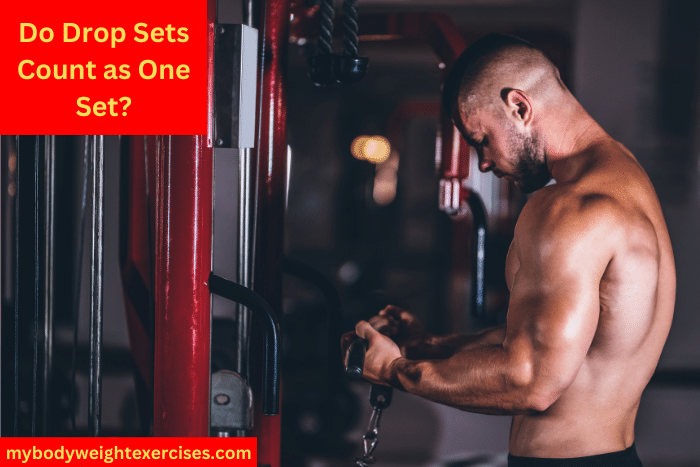



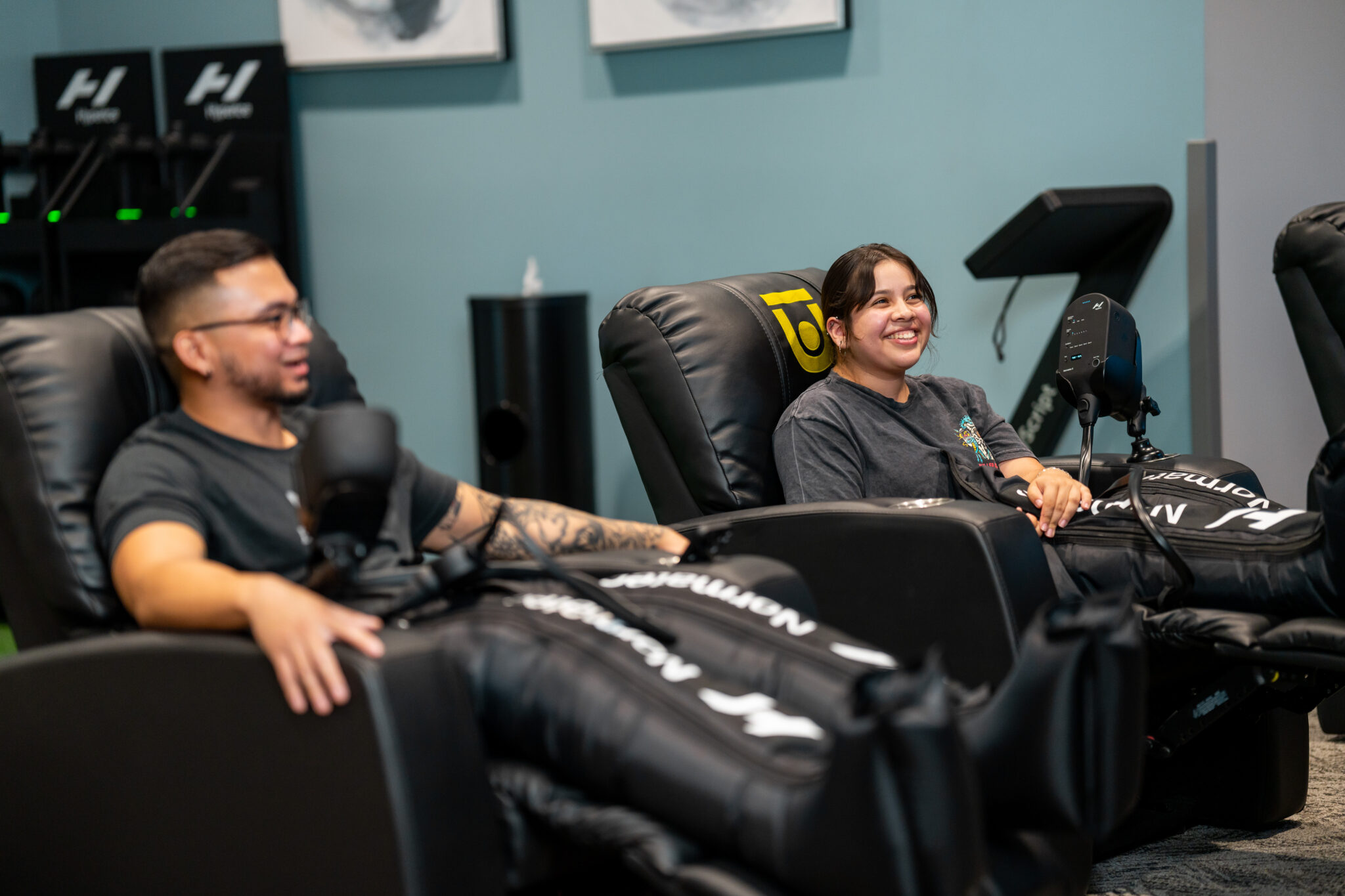
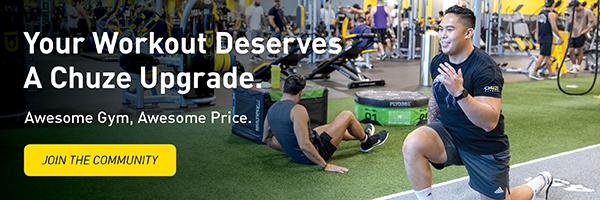
 Reviewed By:
Reviewed By:

